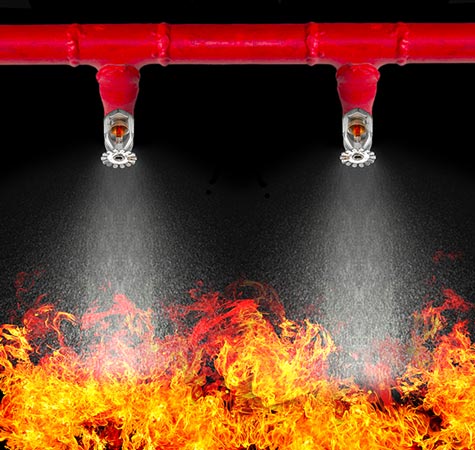Types of Fire Sprinkler Heads
There are four primary types of sprinkler heads for fire protection. Each one is specifically designed to extinguish fires and they come in a variety of temperatures, finishes and sizes. The right choice for your building will cover the main areas that are susceptible to fires. Pendant Sprinkler Head Pendant sprinkler heads are the most…











